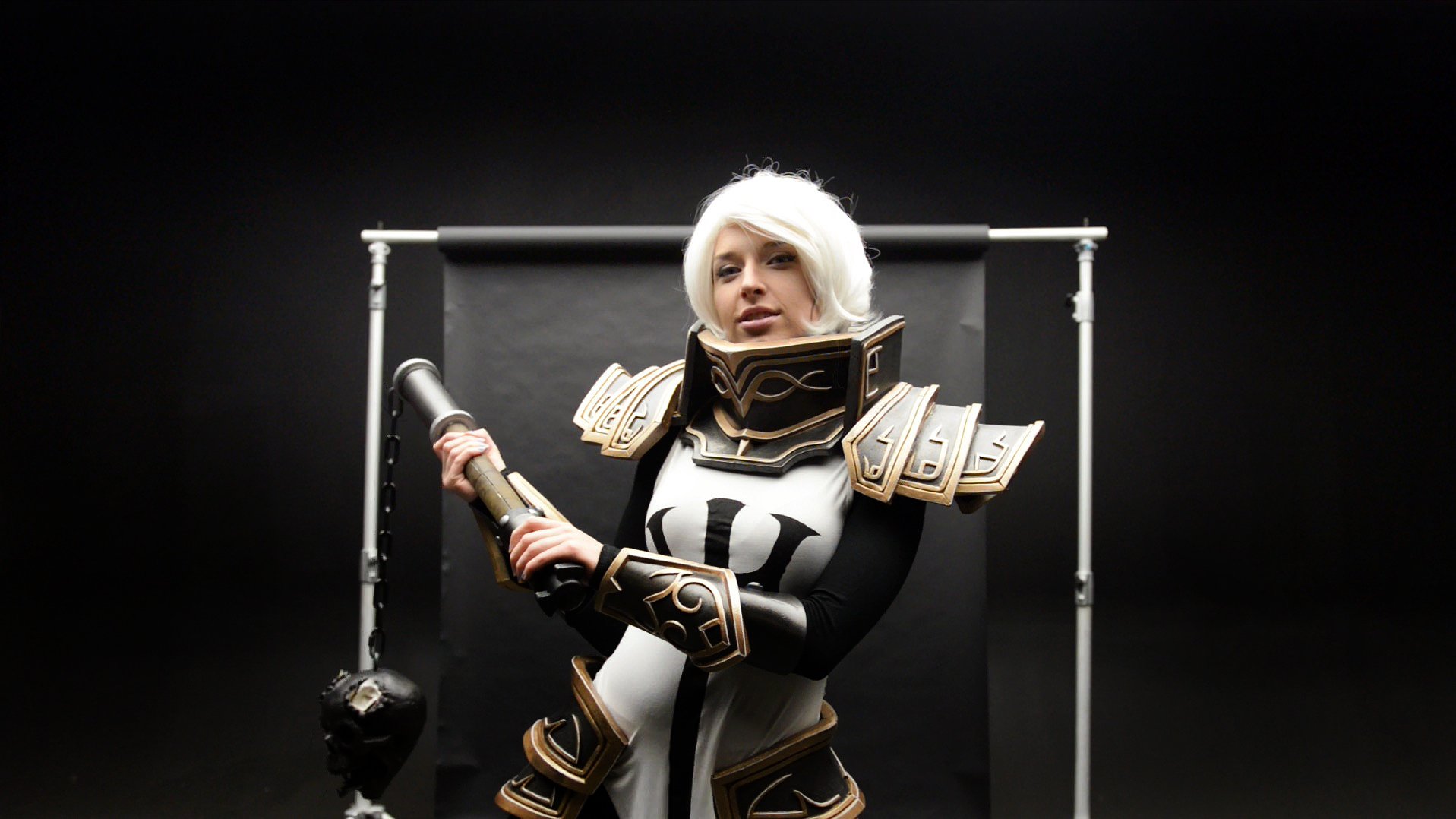

Think of your favorite movie, or tv show, or video game, or comic. How do you share your love for it with the people around you? You might recommend it to your friends, or hang a poster on your wall, or wear it on a t-shirt. While you don’t have to prove that you’re a fan of your favorite media, many people feel a dedication to honoring popular culture that inspires them. For makers with a creative sensibility, one of the fastest-growing ways to pay tribute to pop culture and media is through cosplay.
While cosplay is still its own counterculture of sorts, its popularity and visibility in the US has been rising for years alongside the growth of the Maker Movement. For brands that sell products cosplay makers may use, this is a market segment that shouldn't be ignored. Why? For one thing, the market size huge and continuing to grow ($25B USD worldwide projected for 2019). But perhaps the more important reason with a more lasting impact is the passion that cosplayers have for their craft. This passion is not only evident in the quality and creativity of the things they make and the amount they're willing to spend on each costume, but also in the dynamics of the community where they share their creations, their ideas, their views and reviews on various products, and so much more.
Cosplay is no passing fancy or fad — this is a burgeoning opportunity that is ripe for engagement. Please scroll down to see some additional insights about cosplay makers that may be helpful to your marketing efforts. And if cosplay makers are among your target audiences, let's chat about how we may be able to help your brand reach and engage with them — please don’t hesitate to reach out.
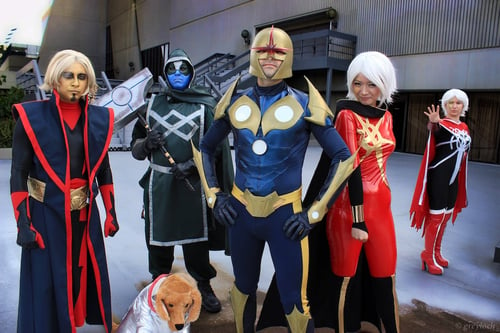 Cosplay is one of the most popular multimedia arts among makers today. The term cosplay is short for "costume play.” Using a wide variety of craft techniques, like sewing, thermoforming, foam crafting, special effects makeup, wig styling, metalworking, casting, and even electrical engineering, cosplayers create ultra-detailed costumes and props that allow them to embody their favorite characters from TV, movies, video games, comics, and more.
Cosplay is one of the most popular multimedia arts among makers today. The term cosplay is short for "costume play.” Using a wide variety of craft techniques, like sewing, thermoforming, foam crafting, special effects makeup, wig styling, metalworking, casting, and even electrical engineering, cosplayers create ultra-detailed costumes and props that allow them to embody their favorite characters from TV, movies, video games, comics, and more.
These makers display their hard work at fan events, special interest conventions, and huge online communities where they meet up with other people who share their interests.
However, one of the most important things that every brand in the cosplay segment should know is that cosplay is about a lot more than just dressing up. It’s different from just putting on a Halloween costume for fun (though many cosplay makers do go all-out for costumed holidays and occasions).
With cosplay, the idea is to make as realistic costume as possible, complete with any essential weapons or props, in order to truly become that character for a day. Most cosplay makers will practice the personality, speech patterns, gestures, and movements of their character in order to, well, get more into character while the costume is on.
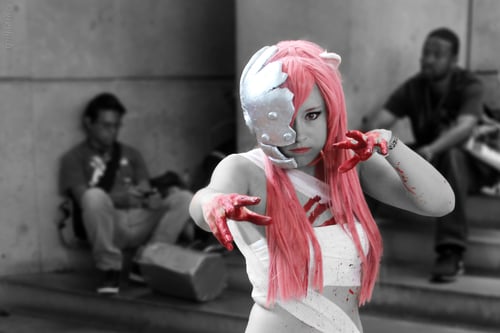 But beyond allowing makers to proclaim their love for pop culture properties, cosplay also presents the opportunity for makers to continually challenge their costume-making skills and develop their creative passion. Over the years, as the cosplay community and market segment has continued to grow, so has the quality of the costumes.
But beyond allowing makers to proclaim their love for pop culture properties, cosplay also presents the opportunity for makers to continually challenge their costume-making skills and develop their creative passion. Over the years, as the cosplay community and market segment has continued to grow, so has the quality of the costumes.
Through sharing tips and tutorials and generally pushing and motivating each other to continually outdo their previous work, cosplay makers have figured out how to make more elaborate and advanced costumes and props as well as tackle more ambitious characters.
Lights, smoke, robotics, and even more special effects have become more common in cosplay — even among the non-professional makers.
Cosplay is an art and a passion, but it’s also a culture that more makers than ever choose to identify with. And thanks to that passion, cosplay makers constitute an incredibly powerful market segment that your maker brand shouldn’t ignore. But in order to market your brand to cosplay makers, there are some key factors that you need to know about cosplay as a creative outlet and as a market segment.
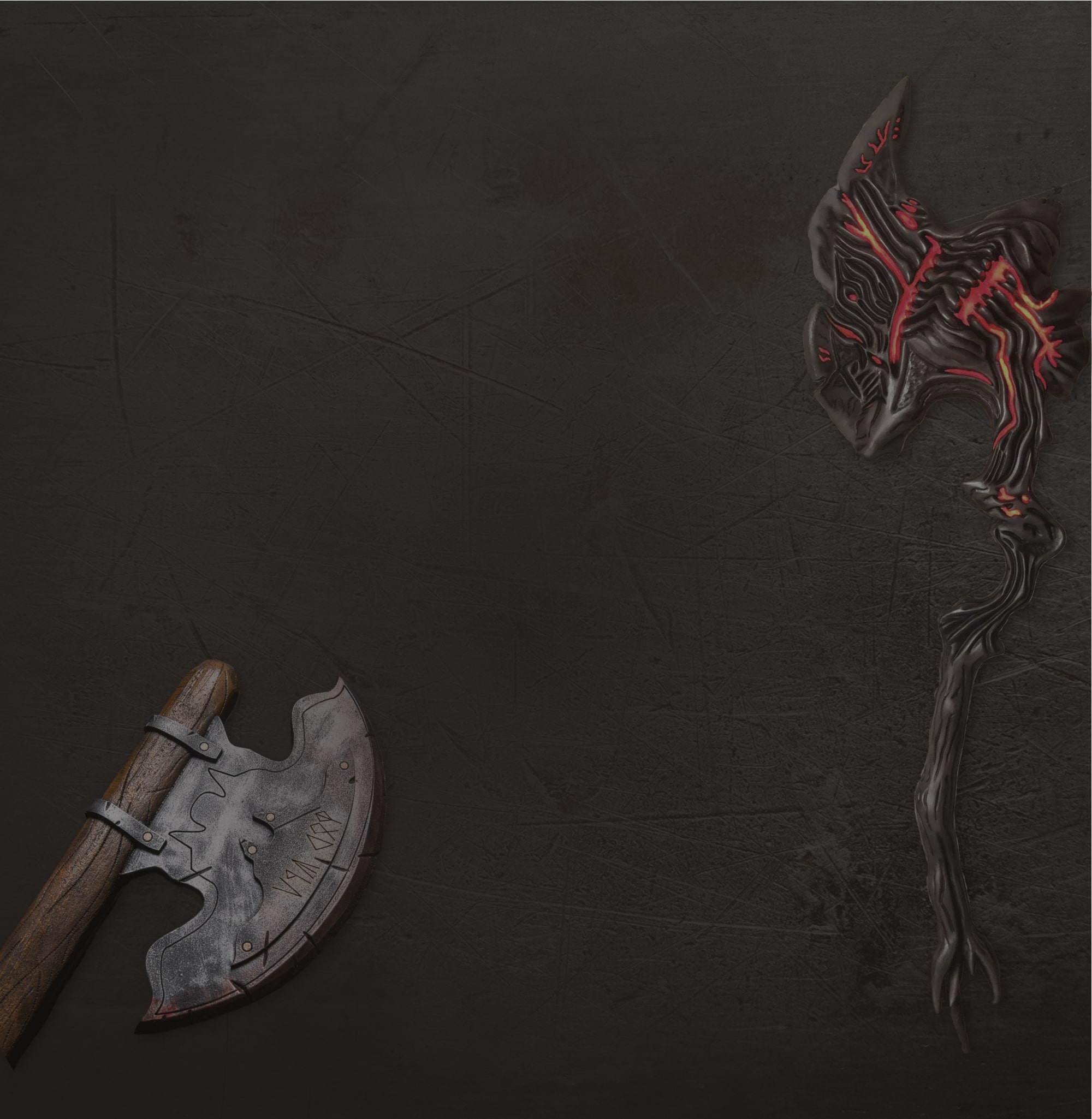
The first recorded instance of cosplay took place at the first Worldcon (World Science Fiction Convention) in 1939.
While science fiction fan Forrest J. Ackerman is often credited as the wearer of the first cosplay (the word for which didn’t even exist yet), his “futuristicostume” was actually designed and created by Myrtle Douglas, or Morojo, a science fiction zine writer at a time when women weren’t at all welcome in the sci-fi fan community. She also made herself a convertible ballgown for the convention, where their outfits received much attention and launched the convention costume trend in the U.S.
Only a year later, Worldcon added a masquerade ball to its official lineup of events, complete with music, dancing, and costume prizes. In the decades that followed before conventions began to evolve into the huge events we know today, many more costume-makers attended dressed as creatures, aliens, and monsters inspired by their favorite sci-fi and fantasy stories. But even by this point, fans were reportedly already spending weeks or even months to create their costumes.
Through the 1970s, the Worldcon masquerade continued to grow, and the new San Diego Comic-Con added its own masquerade element.
By 1975, sci-fi conventions were known worldwide as having to costumed dances.
During the 1980s, the surge in popularity of manga and anime is one of the largest factors in truly launching cosplay into the spotlight. SDCC encouraged costumes as the main attraction of the convention, and the word “cosplay” is coined by reporter Takahashi Nobuyuki.
The 90s saw further penetration of anime cosplay in the U.S. and Japan when the popular show Sailor Moon premiered. From there, cosplay continued to grow as more conventions popped up across the country and the cornerstone events got larger and larger. Cosplay turned into a true main event of fan conventions in all niches, and the costumes became more and more impressive, enough to turn some creators into full-fledged celebrities in the community.
Today, cosplay continues to grow and develop with the help of increased awareness through social media, innovative crafting techniques and products, and the adoption of cosplay as entertainment at other types of events, such as movie premiers and game launches.

Today, cosplay makers constitute a diverse maker (and market) segment with a lot of influence and some serious buying power. While the cosplay community has made strides to become more inclusive of makers with all different backgrounds, abilities, and circumstances, there are some trends that your brand should be aware of when it comes to making cosplayers your target audience. Just remember, these demographics show only the trends in the segment, but a more accurate picture of the cosplay community is diverse and well-rounded.
Over half of today’s cosplayers identify as female, and the largest age group is made up of those between the ages of 22-39. These makers spend their time preparing for their favorite conventions and fan events — of which most attend three or more each year.
In terms of spending, most makers are willing to invest not only time but also money in their cosplay. On average, makers spend up to $200 on each costume, but more advanced cosplayers might even spend $600-$1000. When you consider that most makers create multiple costumes each year, you can see how significant their spending habits are in the market.
Most cosplay makers are hobbyists — passionate ones, for sure — while some are actually able to turn cosplay into a professional career or side job by selling costumes, patterns, or photos, or by appearing at live events.
Cosplay makers are creative and curious folks who are dedicated to expanding their skills and knowledge in order to improve the quality of their future costumes and props. In order to educate themselves on new craft techniques, products, and trends in the cosplay community, they devote a lot of free time to researching their craft in several different ways.
Almost all cosplay makers use social media to not only make friends in the cosplay community, but also to learn from other makers like themselves, ask questions and get advice, and pick up tips, tricks, and product recommendations from others. They also read blogs and watch tutorial videos in order to master new cosplay skills and solve their specific project challenges. While they might use a variety of social media platforms, Instagram and YouTube are their favorites for learning more about making better cosplay.
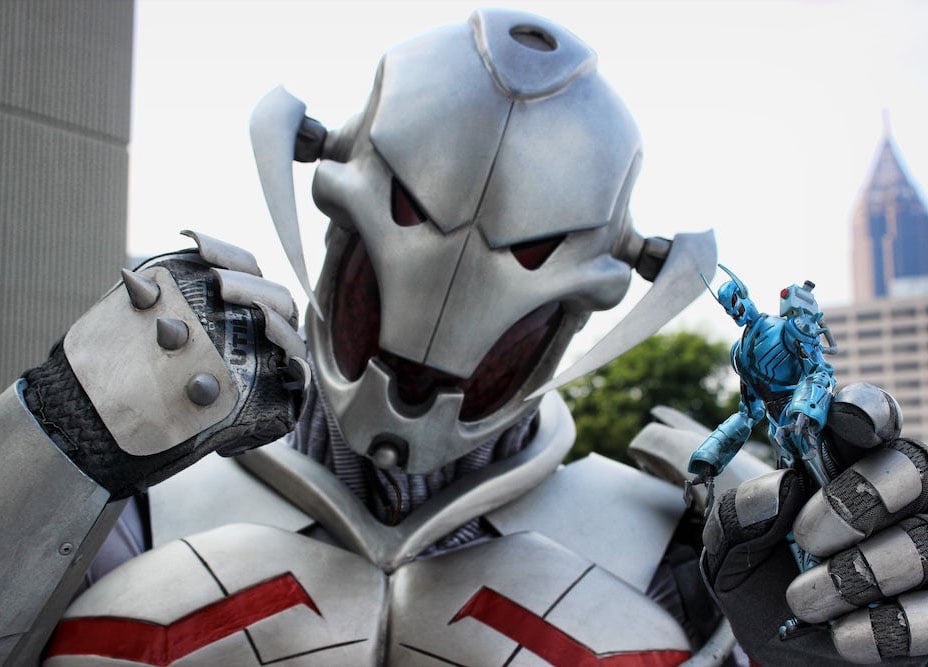
Cosplay makers are enthusiastic about experimenting in their art, discovering new techniques and innovations, and trying out new products to see if they can perform better than their current supplies. We know that cosplay makers are willing to invest a significant amount of their own money in their costumes, and therefore, they’re generally open to switching up the products they use when they have a reason to.
The Buyer's Journey for cosplay makers always starts with research. In order to discover new products, cosplay makers use search to determine what products might solve their consistent costume making challenges, ask their peers for recommendations, and browse product reviews on manufacturer or retailer websites. Additionally, when watching tutorials or checking out another maker’s work, they might find out about new products they want to incorporate into their own process.
Cosplay makers shop both online and in-store for the craft products and tools they need. Because some cosplay is made from more common household materials, such as foam, dowel rods, and common adhesives, many cosplay makers find it more convenient to shop in-store for these easy to find items. However, in order to get ahold of more specialized and innovative cosplay products, such as certain fabrics, thermoforming materials, or other tools or materials that they don’t need in a rush, many makers turn to online stores as well.
While beginners might have a more basic tool kit, over time, cosplay makers build up their collection of more advanced (and generally, higher quality) tools and products as they learn more about the craft.
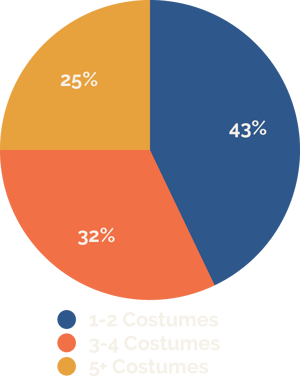
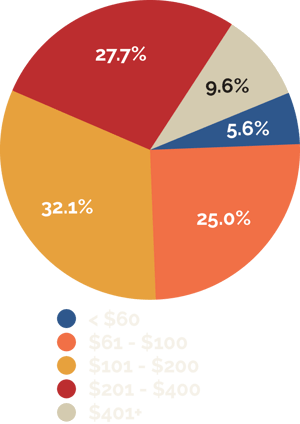
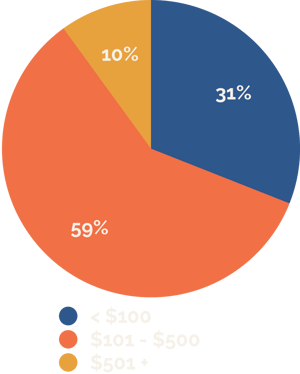

Get to know the people behind the cosplay makers market segment with our original interview series — Makers 1-on-1 — where we dig deep into what they do, how and why they do it, their purchasing habits, and what they need from the brands that support them. Check out video snippets of the interviews and download full interview transcripts.
Elyse has been making cosplay costumes for more than ten years to pay tribute to her favorite pop culture characters. She knows more about the different types of glue, foam, and other craft supplies than she ever imagined.
Ryan and Cody started their cosplay club to develop their costuming skills while spreading the positivity of cosplay around their community. They use household items and plenty of craft supplies (especially hot glue!) to make their pop-culture costumes.
When cosplay makers aren’t gathering at conventions both big and small, they’re meeting up in their favorite online hubs to discuss their projects, learn from each other’s experience, and support everyone’s goals as well as the goals of the community as a whole. While cosplay is much more popular and visible than it used to be in the U.S., it’s still a bit of a niche interest in many ways. In order to find their community, both locally and across the country (or globe), cosplay makers depend on social media.
By following each other on Instagram, joining cosplay Facebook groups, and even posting their own work on Pinterest, cosplay makers reach out to other makers and also keep in touch with the industry.
Many makers also follow their favorite craft brands in order to stay up to date on new products, ask questions, and even see more examples of how others are using the products in new ways.
Cosplay can be a solitary pursuit at times, especially when a maker is scrambling to put on the finishing touches right before a convention, so social media helps makers stay connected to the community even when they're crafting solo.

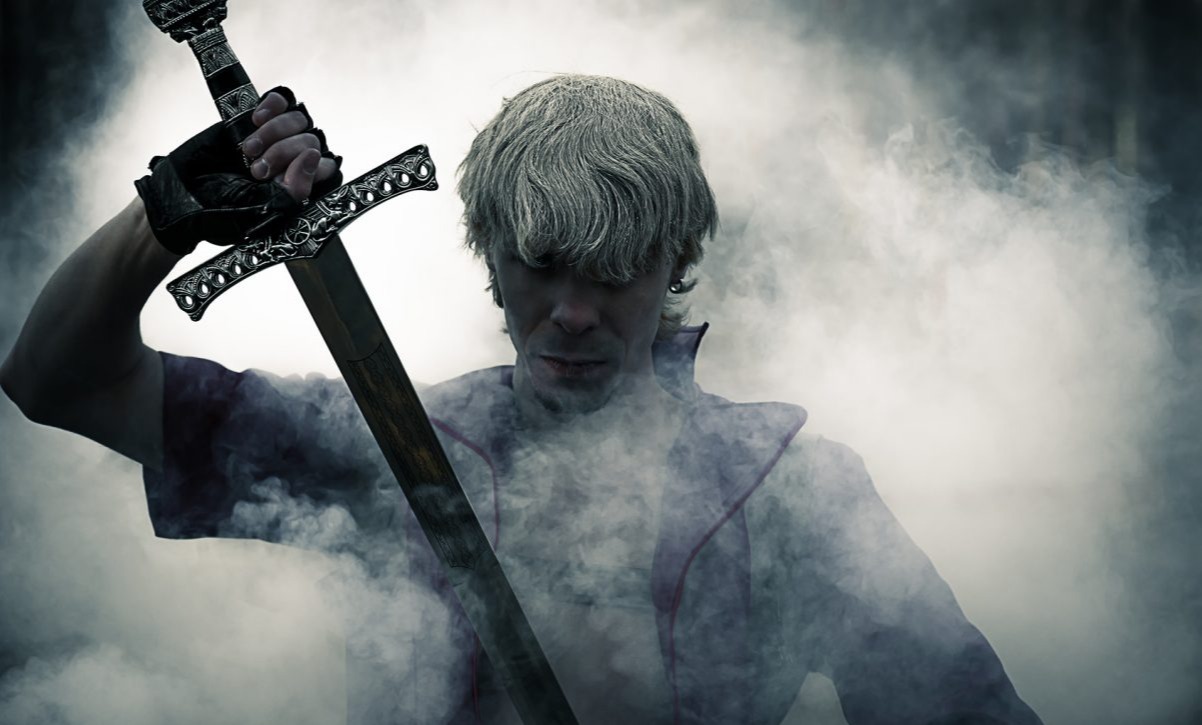
While anyone can become a cosplay maker, that doesn’t mean there aren’t challenges that most makers face in the craft at one point or another. Making each costume and prop from start to finish will come with its own unique design challenges, and juggling event deadlines, unexpected costs, and unwelcome mistakes can slow down and even halt the creative process.
Some of the most common challenges all cosplay makers face include making costumes that fit perfectly, getting projects finished, and protecting their finished pieces from damage. However, with a little practice and research, makers can certainly overcome these challenges. Cosplay is fun and rewarding not only despite these challenges, but also because of the problem-solving it takes to overcome them.

Sign up to receive updates from us (no more than 1-2 per month, we promise). We'll send you cool projects we've completed, new Maker Profiles and even some free "stuff". Sign up today!